Indoor air quality is crucial for maintaining a healthy living environment.
While it may seem that staying indoors protects us from outdoor pollution, indoor air can often become more polluted than the air outside.
This guide will explore practical measures you can take to ensure that your indoor air remains clean and safe, providing a sanctuary from the pollutants that linger outside.
From using air purifiers to managing humidity levels, each strategy is designed to enhance your indoor air quality effectively.
1. Use HEPA Air Purifiers
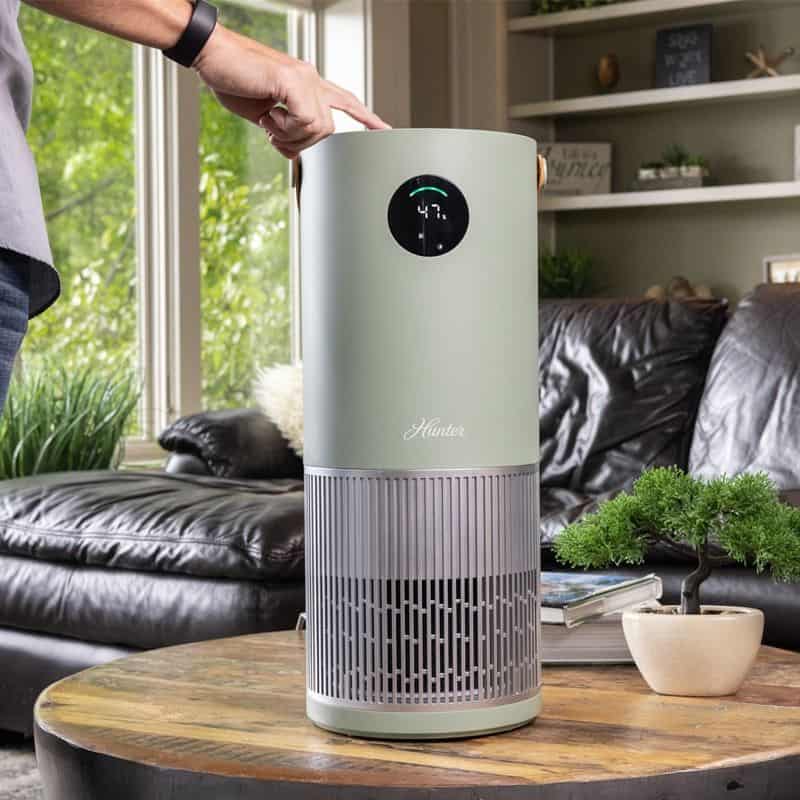
Investing in a high-quality HEPA air purifier is one of the most effective ways to improve indoor air quality.
These devices capture tiny particles, including dust, pollen, and pet dander, which are common indoor pollutants. Place the purifier in rooms where you spend the most time, such as the living room or bedroom.
Regularly changing the filters ensures the purifier functions optimally. Look for models with a HEPA filter, as they are designed to trap even the smallest particles.
By doing so, you significantly reduce the risk of respiratory issues and allergies.
2. Control Humidity Levels
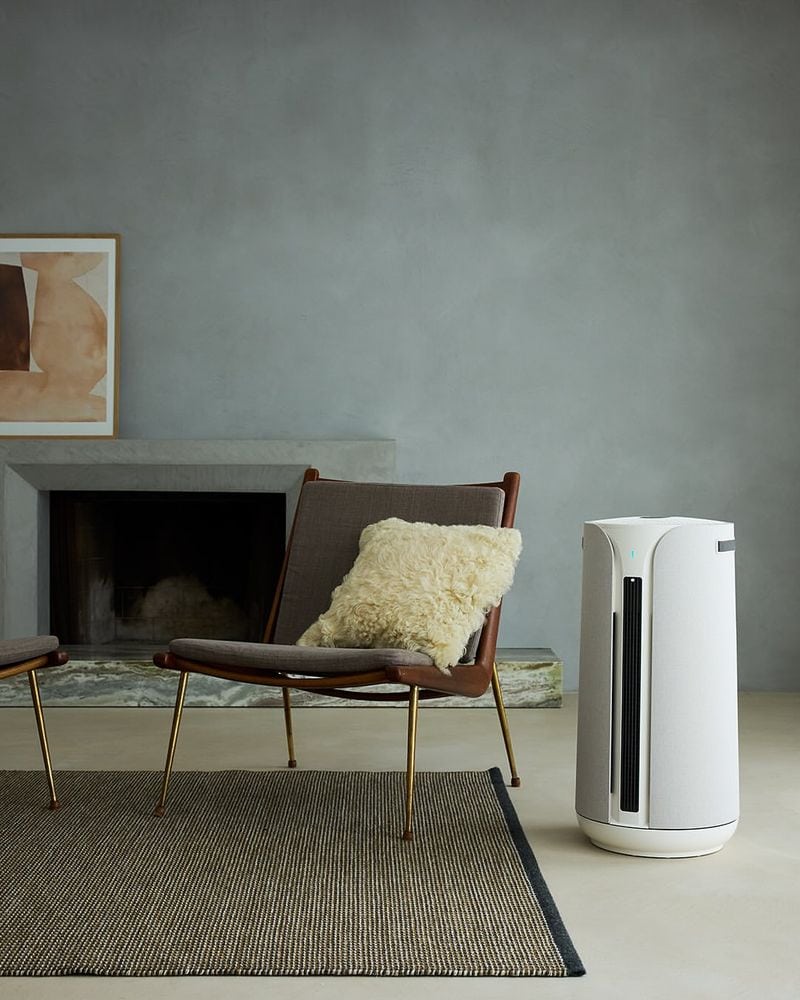
Balancing humidity levels is crucial for maintaining healthy indoor air. High humidity can lead to mold and dust mites, while low humidity causes dry skin and respiratory problems.
Use a dehumidifier in damp areas like basements to manage excess moisture.
On the other hand, during dry seasons, a humidifier adds moisture back into the air, preventing dryness. Aim to keep indoor humidity between 30% and 50%.
Monitoring humidity levels with a hygrometer ensures you maintain an ideal balance, improving both air quality and comfort.
3. Ventilate Your Home
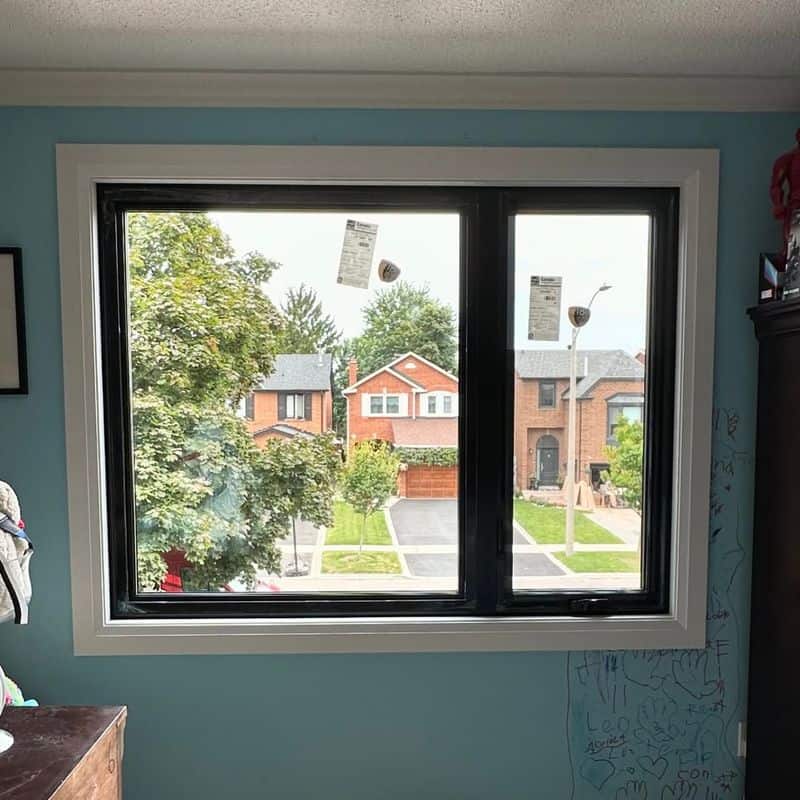
Regular ventilation is key to reducing indoor air pollution. Open windows and doors whenever possible to allow fresh outdoor air to circulate throughout your home.
This helps to dilute indoor pollutants and brings in oxygen.
In areas where outdoor pollution is a concern, use exhaust fans in kitchens and bathrooms to remove contaminants.
Cross-ventilation, where air flows from one side of the home to the other, is particularly effective. Make it a habit to ventilate daily for a healthier living space.
4. Regularly Clean and Dust
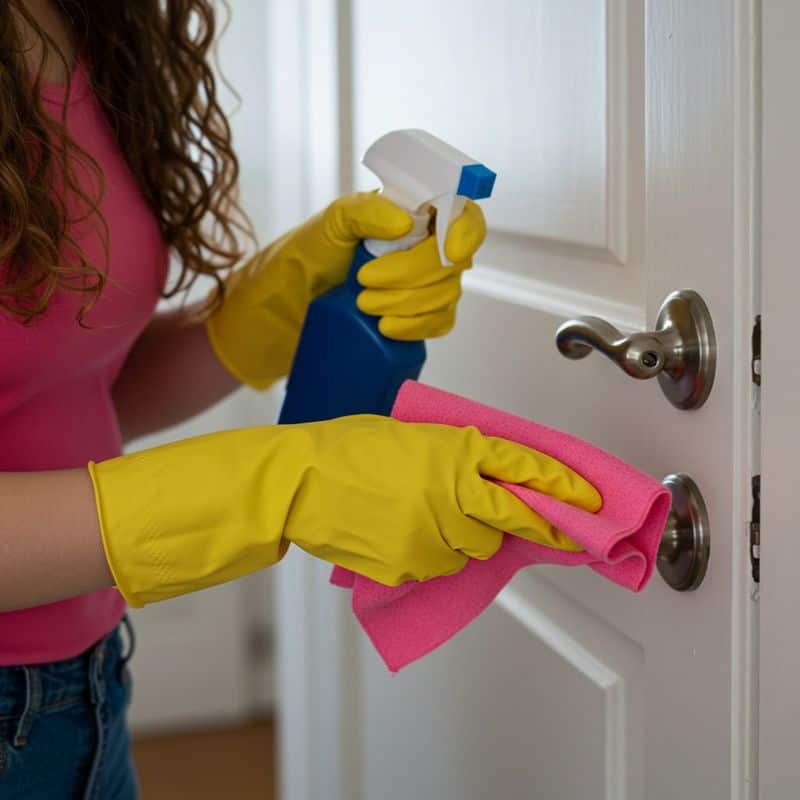
Keeping your home clean is an easy way to enhance air quality. Dust and vacuum regularly to remove dirt, dust, and allergens. Use a vacuum with a HEPA filter to capture small particles effectively.
Additionally, opt for microfiber cloths when dusting, as they trap dust instead of spreading it. Pay special attention to carpets, upholstery, and hidden corners.
Establish a consistent cleaning routine to minimize pollutants and maintain a fresh environment.
5. Choose Eco-Friendly Cleaning Products
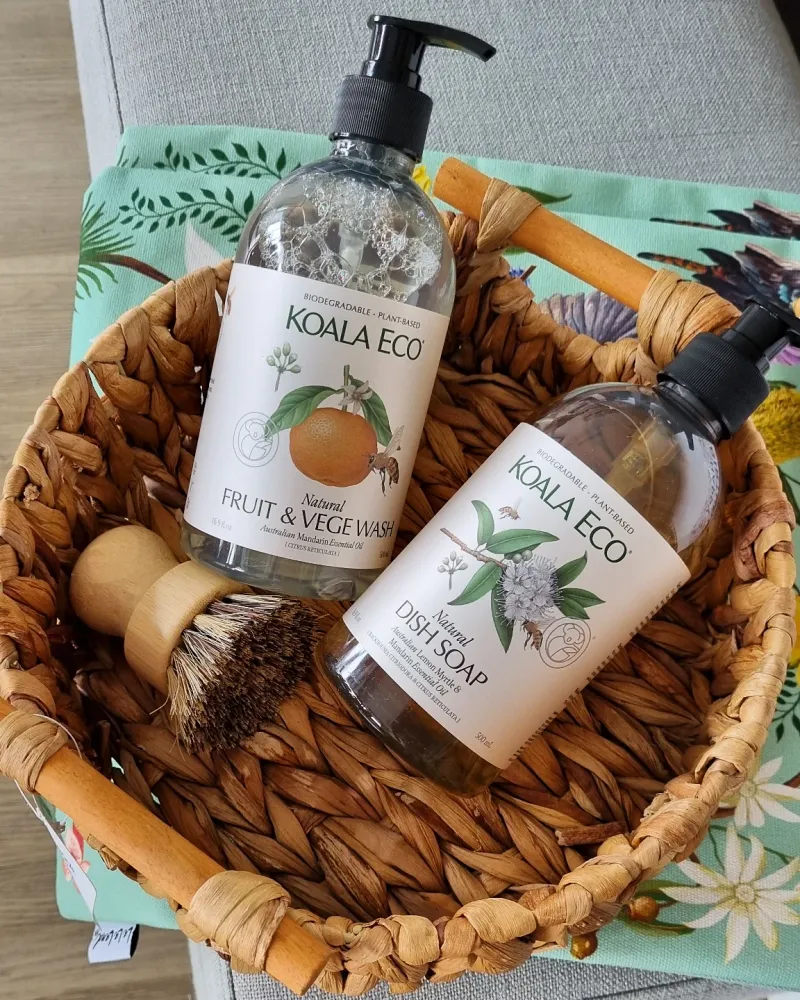
Cleaning products can release volatile organic compounds (VOCs) into the air, impacting health. Select eco-friendly products with natural ingredients to reduce VOC emissions.
Check labels for non-toxic and biodegradable options.
Homemade solutions, like vinegar and baking soda, are also effective and safe alternatives. Store cleaning products in well-ventilated areas, and use them in spaces with good airflow.
By making these choices, you ensure a healthier home environment.
6. Avoid Synthetic Fragrances
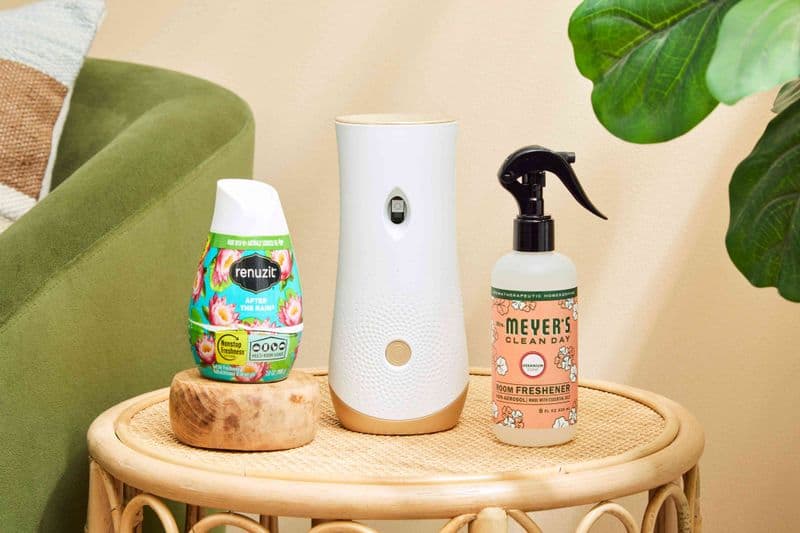
Synthetic fragrances in candles and air fresheners can emit harmful chemicals. Opt for natural alternatives like essential oils and soy candles to enjoy pleasant scents without compromising air quality.
Essential oil diffusers disperse natural aromas that can reduce stress and improve mood.
Always check for 100% pure essential oils, as artificial additives can negate benefits. Prioritize fragrance-free products to avoid unnecessary chemicals.
7. Test for Radon

Radon is a dangerous gas that can seep into homes through the foundation. Testing for radon is vital to ensure your indoor air is safe. Test kits are available for self-testing, or you can hire a professional.
If radon levels are high, mitigation systems can effectively reduce concentrations. Regular testing ensures early detection and prevents potential health risks.
Awareness and action can protect your home’s air quality.
8. Keep Indoor Plants

Indoor plants naturally purify the air by absorbing pollutants and releasing oxygen. Species like spider plants and peace lilies are particularly effective.
Position plants in areas where they can thrive with indirect sunlight.
Avoid overwatering to prevent mold growth. Plants not only improve air quality but also add beauty and tranquility to your home. Regular care ensures they continue to benefit your indoor environment.
9. Maintain HVAC Systems
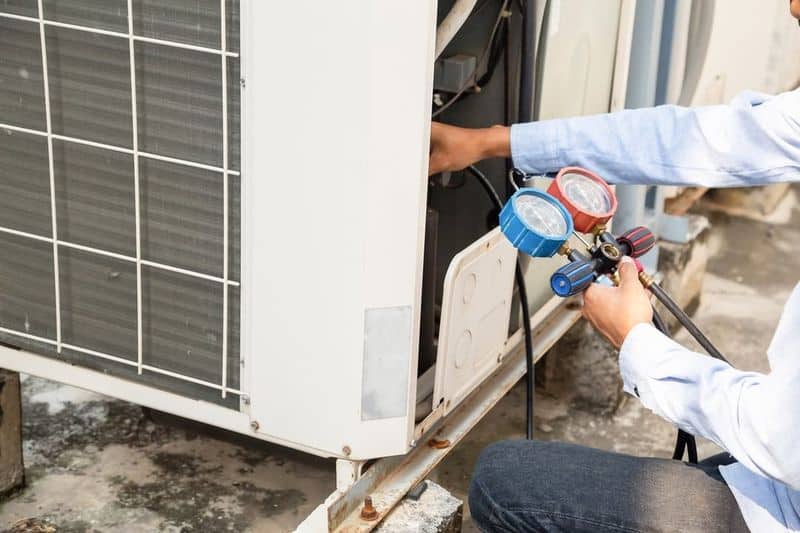
Regular maintenance of HVAC systems is crucial for indoor air quality. Change filters every three months and schedule annual inspections to ensure efficient operation
Clean filters prevent dust and allergens from circulating.
An efficient HVAC system maintains consistent air flow, reducing pollutants. Professional servicing detects issues early, ensuring optimal performance. Prioritize HVAC care for a healthier home.
10. Stop Smoking Indoors

Smoking indoors severely degrades air quality and poses health risks. Encourage smoking outside and provide designated areas away from entrances.
Smoke contains harmful chemicals that linger long after cigarettes are extinguished.
If quitting is an option, seek support from local programs and resources. Creating a smoke-free home protects everyone’s health, ensuring a cleaner indoor environment.
Make this change for a safer, healthier home.

